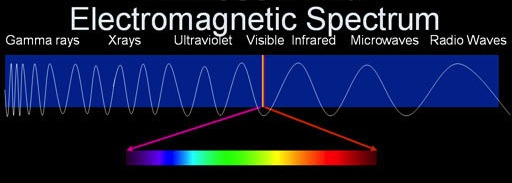
In searching for “what percent of the light spectrum can humans see” I found answers varying from 0% to a maximum of 2.3%, depending on your definition of “light spectrum,” whether you’re asking in terms of a linear scale or a logarithmic scale, and whether you’re using wavelength or frequency [1] [2].
Painfully slow frame rate
The problem doesn’t stop there, however. Searching for “frame rate of human eye” suggests and upper bound of 60 fps.
When someone drops a piece of gelatin, is this what you see?
Dark matter + Dark energy

The above image is a screenshot of the universe’s virtual machine as it existed approximately 13.7 billion years ago. From it, we learned that:
It also constrained the content of the present-day universe; 4.6% atoms, 23% dark matter and 72% dark energy.
That means that everything you learned in school about the world, and everything our scientific instruments can see, only deals with just 4.6% of the universe. And that’s just what our scientific instruments can directly see. Of that, we only see a fraction (0% to 2.3%) with the naked eye, and only at about 60 frames per second (when you’re really paying attention).
Conclusion: don’t make fun of schizophrenics
Perhaps they can simply see more of the universe than you can.
Humans have three (or four) types of photoreceptors in their eyes. The mantis shrimp has sixteen. What colors and things does it see that we can’t?
https://en.wikipedia.org/wiki/Mantis_shrimp#Eyes
http://www.radiolab.org/story/211119-colors/